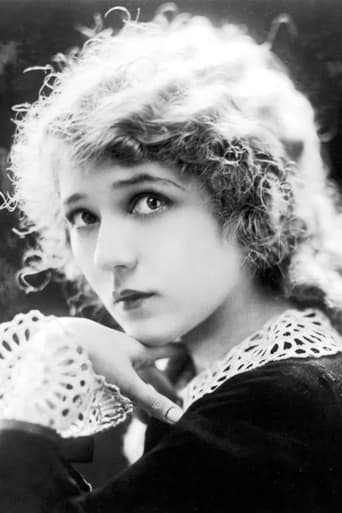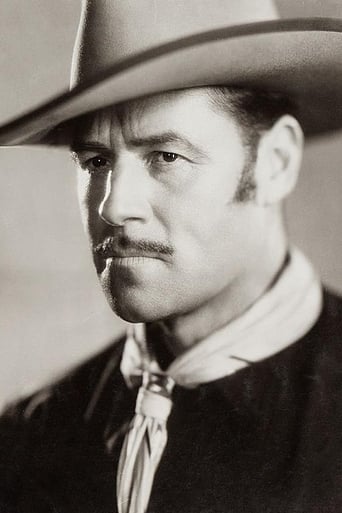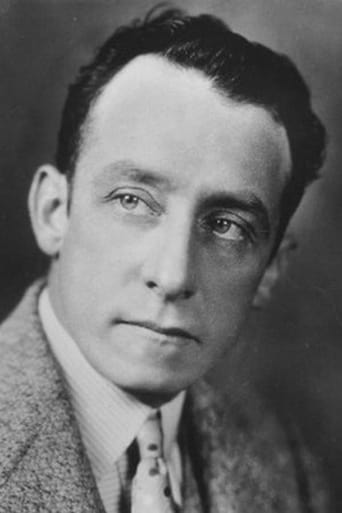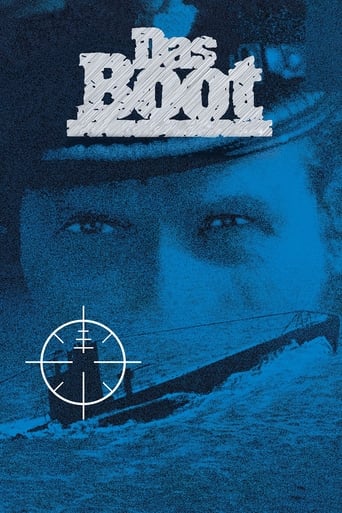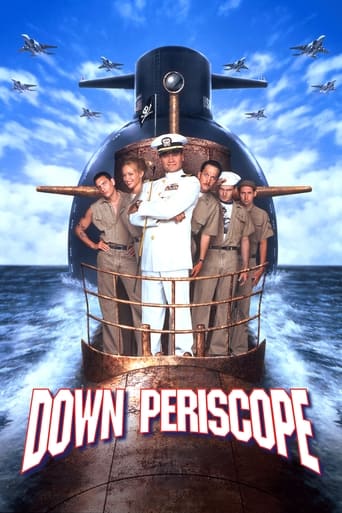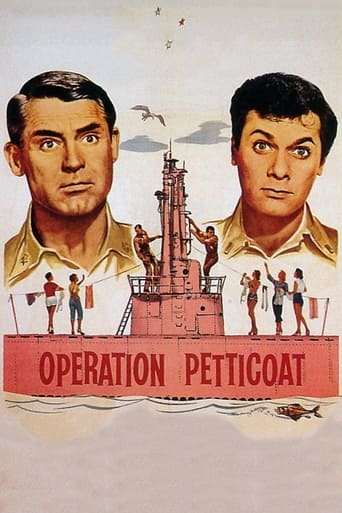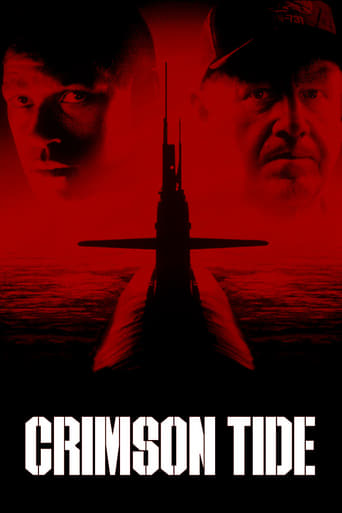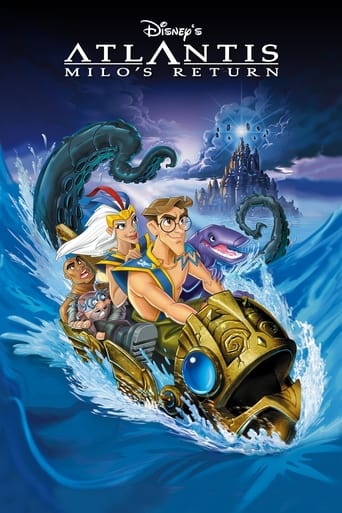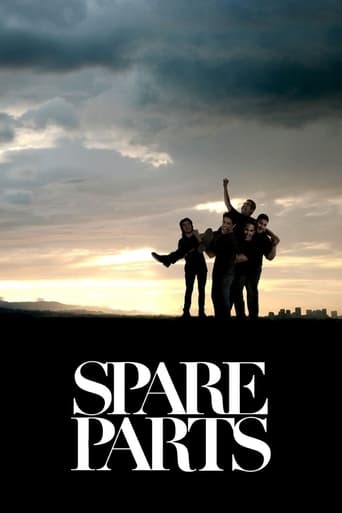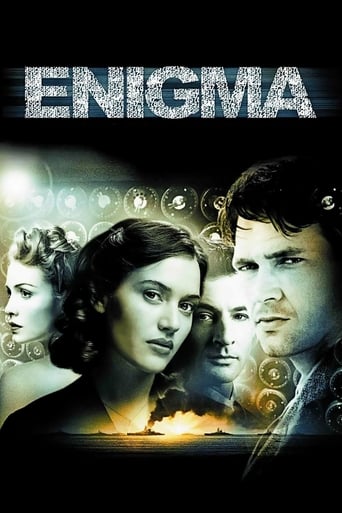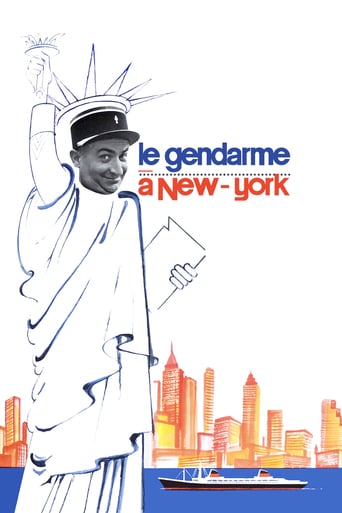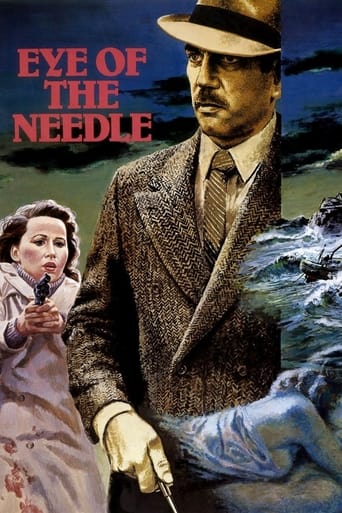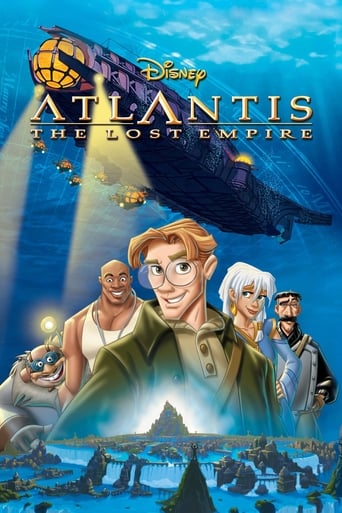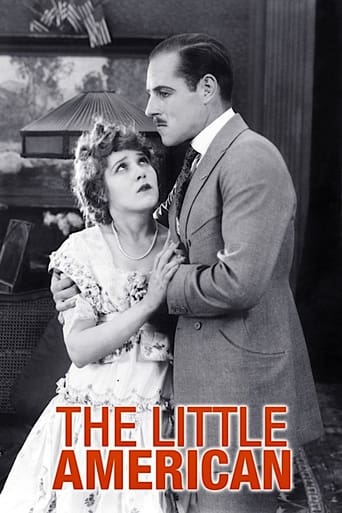
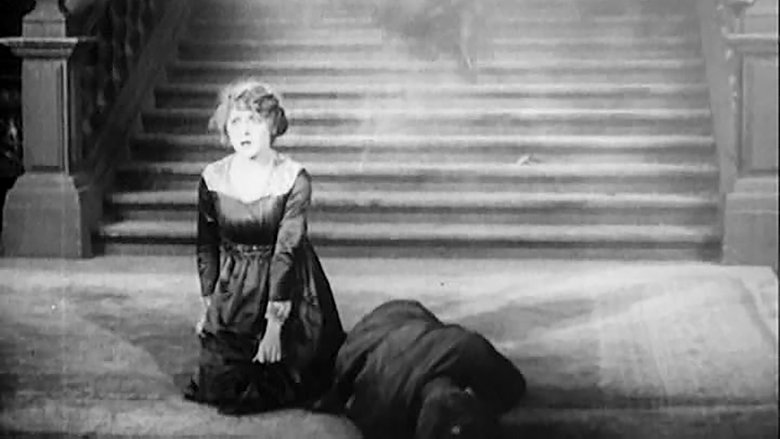
The Little American (1917)
A young American has her ship torpedoed by a German U-boat but makes it back to her ancestral home in France, where she witnesses German brutality firsthand.
Watch Trailer
Cast


Similar titles
Reviews
Canadian actress Mary Pickford plays lead in "The Little American"--one of the most blatant examples of anti-German propaganda made during WWI.The film begins with Mary being courted by a German guy (Jack Holt). However, before they can marry, he's called back to serve in the German army, as WWI has just begun (incidentally, the US stayed out of the war for more than 2 1/2 years). Shortly after this, Mary is called to France, as a rich relative has requested she come there. On the way, the passenger ship she is on is torpedoed--much like the famous Lusitania case (her ship is called the 'Veritania'--subtle, huh?). It's ridiculous today to see German soldiers (including Holt) toasting to the sinking of a passenger ship, but back in 1917, the public ate this up and believed it to be true (now we know these accounts were fabricated by the British government).Despite her boat being torpedoed, plucky Mary makes it to France where she learns that she's just inherited the Aunt's estate. However, soon the Germans come and attack her in her new home. Despite telling them she's an American (who were at the time Neutral), they attack with the ferocity of hungry dogs going after a pork chop! Now the Germans occupy her home and the Germans ignore her pleas to spare the French civilians. Instead, she's made a virtual slave in her own home--waiting on the Germans as they destroy her home. In one of those coincidences that can only happen in a movie, Holt is naturally there as well but does nothing to help her or her new people. In the meantime, the Germans start executing civilians and behaving horribly.As a result of the German atrocities, Mary feels she has no choice but to aid the French army--directing fire upon her estate. She knows it might mean death for her, but she is now committed to the Allied cause. When she is captured, "America's Sweetheart" (a title bestowed on the actress) is threatened with execution!! At this point, Holt announces he'd rather die with her than serve the accursed Kaiser! But, in a scene once again only found in movies, the two are saved at the instant before the Germans open fire on them!! The final scenes show the Germans reducing a church to rubble all around a lone crucifix! Wow, subtle it ain't!! At the time this was made, I am sure it was super-effective in galvanizing people behind the Allied war effort. Even though in 1916 almost all Americans were in favor of continued neutrality, by April 1917 (when the US entered the war), Americans went war-crazy--eating up films like this, growing Victory Gardens, volunteering to fight, beating up German-Americans and getting jobs in munitions plants. All this for a war that had no real good guys or bad guys--just millions and millions dead. Because this movie made this seem GOOD, it left me a bit unsettled. However, it is well made and effective.
With the US having recently entered the First World War, the country's best known and most popular director teamed with its most beloved actress to fire a cinematic salvo in this flag-waving adventure.In style this is something of a departure for DeMille. He more or less abandons his use of long takes, painterly shot compositions and predominantly visual narrative, in favour of rapid editing and lots of expository intertitles. Of course this is purely pragmatic it keeps the story moving along quickly and injects some excitement and tension into what is after all a propaganda piece. The heavier than usual use of intertitles also leaves no ambiguity about plot or character intention. Some of these editing patterns are quite effective for example, the crosscutting used when the ocean liner is torpedoed. However fans of DeMille's early silents will probably find themselves missing the more considered approach they will be familiar with. This is certainly one of his least graceful films.The fact that The Little American is more action-centred means it is less acting centred there is not the same concentration on performance that you normally get with DeMille. For this reason this is not a particularly memorable role for Mary Pickford, and to be fair almost any actress could have played the part equally well. However the casting of Pickford would have been symbolic and psychologically effective at the time. Although the press had not yet labelled her America's sweetheart, she certainly occupied that position. Therefore DeMille did not have to go out of his way to endear the audience to the character of Angela Moore, because they had already formed an emotional attachment to Mary Pickford.Regardless of how effective this picture was in its day it is really quite a mediocre effort when taken out of context. One interesting point though the one scene in The Little American that really looks like the typical DeMille is the one in which Pickford and Holt take refuge in a ruined church below the effigy of Christ on the cross. Throughout the picture the stars and stripes is treated with the same reverence and significance DeMille might give to a crucifix. This picture is another small step towards the iconic imagery and preachiness that would characterise his work from the twenties onwards.
Canadian-born Mary Pickford played the title role in this war melodrama under the direction of Cecil B. DeMille. They worked together on only two projects, and although Miss Pickford spoke of DeMille with respect in later years, she did not recall their collaboration or the resulting films with much fondness. I don't know why Mary didn't like working with DeMille, but I would hazard a guess it was because they were both larger-than-life personalities with egos to match, and very specific ideas about how to make movies. Certainly the films they made together feature the top production values we expect from them both, based on the career standards each would maintain, including first-rate cinematography and art design, Hollywood's best character actors in colorful supporting roles, etc.I don't know why Mary didn't like this particular film, either, but I can hazard a second guess. The Little American was made just after the U.S. entered the Great War, during the first flush of near-hysterical nationalist fervor that swept the nation, and it reflects that mood in ways that don't wear well in retrospect. This movie was designed to be propaganda of the red meat variety, meant to whip up feelings of righteous outrage. Here there is no room for political background, perspective, or dispassionate consideration of other points of view; in short, no room for reason. The Germans are merciless brutes, period. All they understand is force, period. Perhaps, with the passage of time, Miss Pickford wasn't comfortable with this absolutism, or with the super-charged passion of the storytelling on display here. Today we can look back at this film and its siblings (such as D. W. Griffith's Hearts of the World) with historical curiosity and the distance afforded by hindsight, but, despite the passage of some ninety years, many viewers will find these movies painful to watch today, not only because of the ugly experiences depicted or the ugly feelings they stir, but because of our awareness of the very real impact this sort of propaganda had on contemporary viewers. Audiences of 1917 cheered for Mary and the Allied troops, gasped at German atrocities, and cursed those dirty Huns. It's not too much of a stretch to imagine that some young men who saw this film may have found in it the inspiration to enlist, and who knows what happened to them after that. It's no wonder the star had little affection for this project.The film tells the story of a young American woman named Angela Moore -- born on the Fourth of July, no less -- who is courted by a Frenchman and a German, although she is decidedly more fond of her German suitor, Karl. When war breaks out her suitors, naturally, wind up on opposite sides of the conflict. Meanwhile Angela attempts to sail to France at the invitation of her invalid aunt, but her ship (here called the "Veritania") is torpedoed by a German submarine and she narrowly escapes with her life. This harrowing sequence was obviously based on the destruction of the Lusitania less than two years earlier, and surely must have hit a raw nerve in many viewers when the film was first released. The German sub commander and his crew, surfacing to observe their handiwork, flash searchlights on the sinking ship and look on coldly as Angela and her fellow passengers tumble off the tilted deck and plummet into the water, making no effort to assist.Angela reaches shore and finds her way to her aunt's château, but discovers that the old lady has died and that the house and its grounds are at the center of a pitched battle for territory between the French and the Germans. Perhaps it goes without saying that she encounters both of her former suitors under very different circumstances and is torn between them, although her political sympathies are fully with the Allied cause. Angela allows the French to turn her house into a makeshift hospital. Despite the danger she remains on the scene when the château is overrun and commandeered by the Germans. They regard her as little more than a galley servant, and in one painful scene she is compelled to kneel before a German general and pull off his muddy boots. (But Angela gets off easy next to the household staff of chambermaids, who are gang raped; an event that mercifully occurs off-camera.) Angela is nothing if not determined, however, and she risks her life to send surreptitious messages to the French. For awhile it appears that her onetime lover Karl has turned into a beast no better than his comrades, drunkenly attacking Angela in a darkened room before he recognizes her. Ultimately, however, at Angela's behest, he denounces the Kaiser's cause, defies his commanding officers, and throws in his lot with the Allies. After more suspenseful adventures the duo escape together, and when Karl is captured by French troops, Angela is able to get him a reprieve.Not so surprisingly, the film's original ending upset contemporary audiences. After such graphic demonstrations of German depravity it didn't seem right that Mary would wind up with a German lover, even a "reformed" one. An alternate ending was filmed in which she winds up with the Frenchman instead, but it appears that this footage has not survived.The Little American is a fascinating record of a grim chapter in world history, but it's a difficult viewing experience. I'm a silent film buff and historically-minded, and yet I felt queasy and depressed by the time it was over. I couldn't help but recall that this sort of incendiary propaganda was so prevalent during the Great War that it caused Americans to be skeptical twenty years later when stories of Nazi atrocities began to reach these shores. DeMille, Pickford, Griffith, and their Hollywood colleagues harnessed the cinema in the service of militant nationalism, and the techniques they pioneered have been refined into ever-more sophisticated forms ever since. Not a happy thought, is it?
(SPOILERS IN FIRST PARAGRAPH) This movie's anti-German sentiment seems painfully dated now, but it's a brilliant example of great war-time propaganda. It was made back when Cecil B. DeMille was still a great director. (Ignore all his later Best Picture Academy Awards; he never made a very good sound film.) This movie lacks the comedy of most of Pickford's other films, and really it was DeMille's movie, not Pickford's. The vilification of the Germans can be compared to the way "The Patriot" of 2000 did the same to the British. The only good German in the film was a reluctant villain who had the ironic name of Austreheim. They even had Pickford take an ill-fated trip on a luxury ship that gets torpedoed by a German submarine. So what'll get the Americans more stirred up to war? The sinking of the Lusitania, or watching America's favorite Canadian import sinking in it? All throughout the film DeMille runs his protagonist from one kind of horrible calamity to another, barely escaping death, hypothermia, depravity, rape, execution, and explosions that go off in just the right place to keep her unharmed. The way she is saved from a firing squad is no more believable than the way the humans in "Jurassic Park" were ultimately rescued from the velociraptors. If I was any more gullible to such propaganda I would punish myself for having a part-German ancestry. Was it a good film? Aside from a humorous running gag about Americans abroad thinking they're untouchable that was apparently a joke even back then you might not be entertained. You'll find it more than a little melodramatic, and obviously one-sided, but the first thing that came to my mind after watching it is that it was years before Potemkin's false portrayal of a massacre revolutionized the language of cinema as well as a movie's potential for propaganda. It made me wonder: what became of Cecil B. DeMille? Somewhere between the advent of sound and "The Greatest Show on Earth" he seemed to lose his ambition. Ben Hur looked expensive, but not ambitious. In a sentence, this movie is for 1) Film historians, 2) Silent Film Buffs, 3) Mary Pickford fans, or 4) DeMille fans, if such a person exists.


